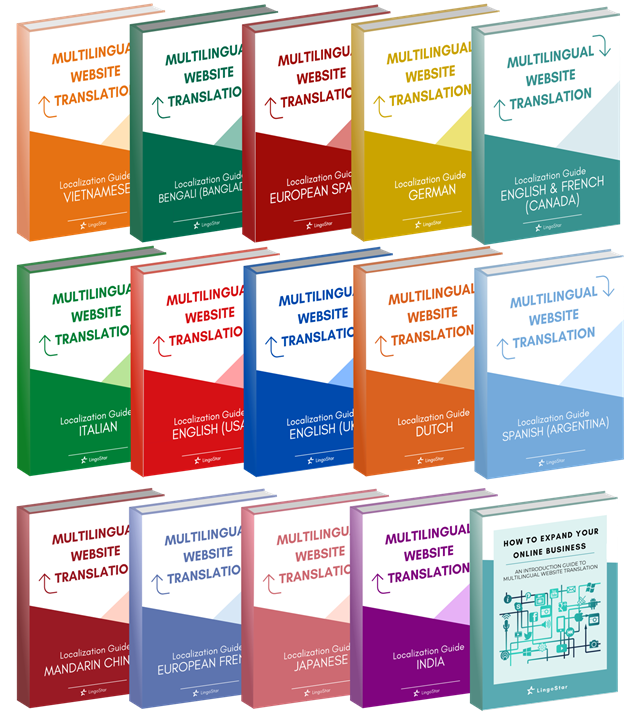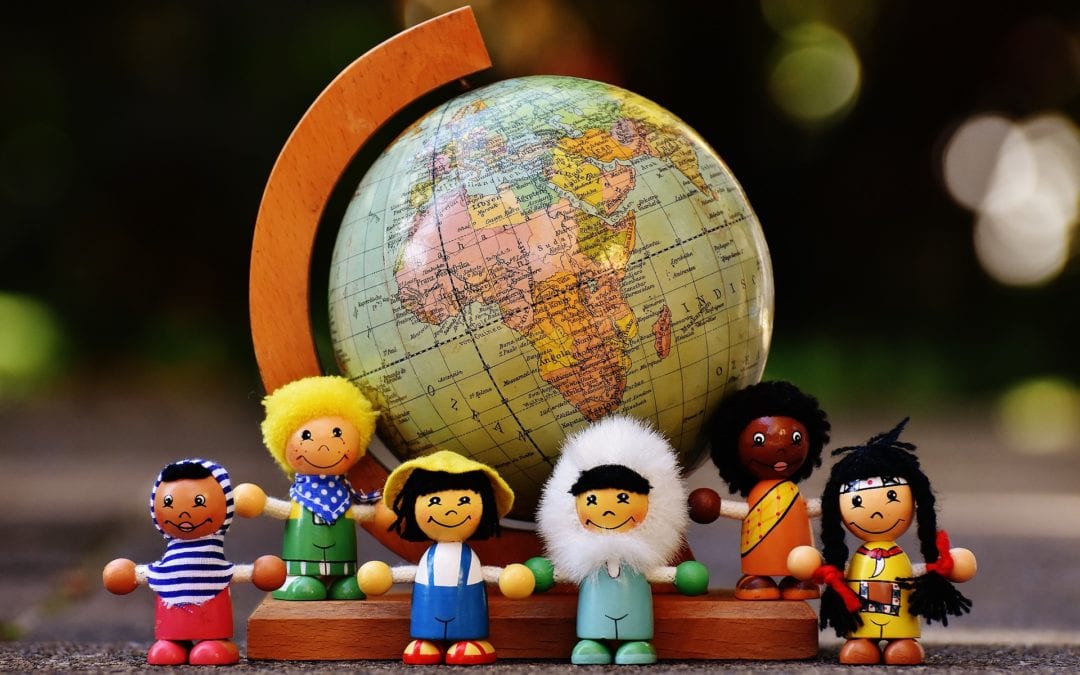Cultural Differences: this is why translation tools will never get the job done properly
Without cultural differences, translating would be less interesting
In a previous post, we talked about the basics of translating and had a brief introduction to the problematics that can occur during the translation process. In this post, we’d like to talk about cultural differences. One of our earlier posts covered the fact that there are different dialects, connotations and denotations in any given language.
There are also differences in sayings, cultural presuppositions, writing and many more aspects, so much so that a direct translation (1-1) becomes impossible. Therefore, it can be very difficult for the translator to preserve all the little components of meaning when transferring the source text into the target language.
Some examples
Take a scene from a movie or a book in French for example in which a small part features someone speaking in French Canadian. A French-speaking person will pick up on this difference but a non-French-speaking person will not. When you translate this scenario into English, you have to choose the right English dialect that will deliver the same desired differences.
Another example could be translating a metaphor which does not exist in the target language. Now the translator has to decide if s/he describes the image, or if s/he goes for a more literal translation, or maybe there is a solution where s/he could use a completely different image which still delivers the same meaning.
The cultural aspect
Cultural aspects are sometimes hard to understand if you haven’t had any first-hand experiences with that culture before. Facial expressions and gestures have different meanings depending on the part of the world where you live. One of the most frequently used examples would be in Italy, where communication is gesture-heavy. For some, it may seem like Italians are arguing all the time. But in fact, they (mostly) just like to underline their words with very active body language.
When you are traveling, you should be aware of the fact that some social behaviours which you grew up with may not apply in other cultures. For instance, the level of appropriate eye contact varies greatly around the globe.
All of these aspects influence a translation. A simple word-for-word translation (like google-translate) will lead to many misunderstandings and a certain loss of meaning. The translated text will sound odd and be hard to understand. The fact that automatic translation has been used will also become obvious.
How LingoStar can help you
If you are looking for experienced translators who are aware of all these cultural and linguistic differences, contact us.
At LingoStar, we work with professional translators all over the world who can provide translation services in over 100 languages. We work with texts, videos, websites, and other content to help our clients improve their business. Make sure you request a free quote. You can also call us at 604-629-8420 or to email us at info@lingo-star.com for more information.
Subscribe to our Newsletter to get the latest language news!
Download our Localization Guides and market your website globally >>


















